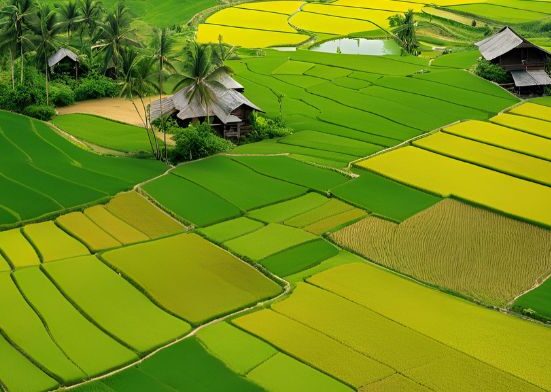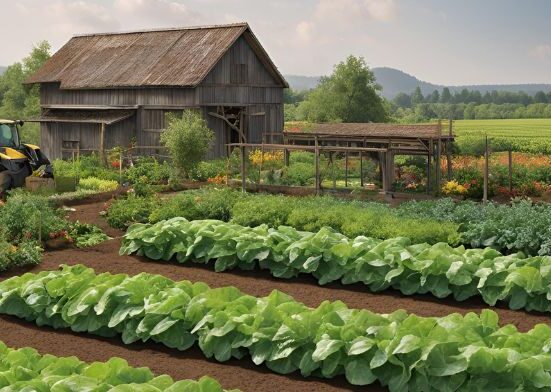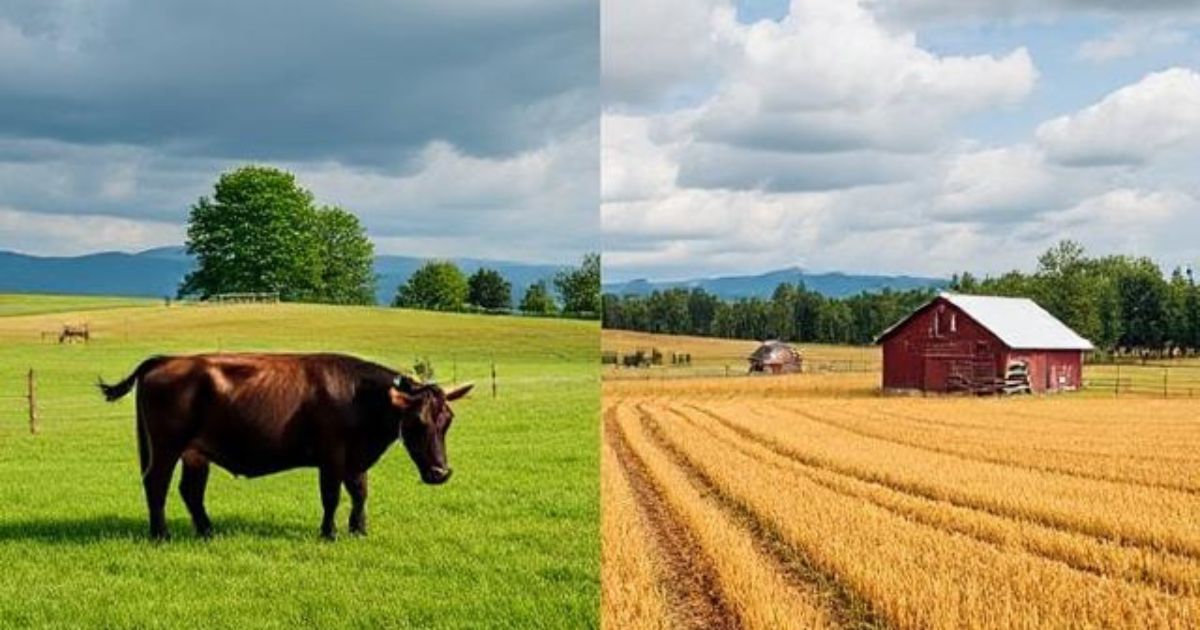When understanding rural life and agriculture, two words often come up: farm and ranch. At first glance, they might seem interchangeable. After all, both involve land, animals, crops, and the outdoors. However, while farms and ranches share some similarities, they fundamentally differ in purpose, management, and lifestyle.
In this comprehensive guide, we’ll break down the key differences between farms and ranches in the simplest terms possible. Whether you’re a city dweller curious about country life, a prospective homesteader, or just love learning how your food is made, this blog post will help you clearly distinguish between these two cornerstones of agriculture.
What Is a Farm?
A farm is a piece of land used primarily for growing crops and raising animals to produce food, fiber, and other agricultural products. Farms can vary widely in size and purpose, from small family-run plots to large commercial operations. They may specialize in cultivating grains, vegetables, fruits, or managing livestock such as cows, pigs, chickens, and sheep. Some farms also produce non-food items like wool, flowers and ranching biofuels.
Farms play a vital role in the global food supply chain and are the foundation of agriculture. They often include barns, silos, irrigation systems, and various types of machinery to help manage production. Farming methods may differ, ranging from traditional practices to modern, technology-driven systems like precision agriculture. Regardless of scale or specialization, the core function of a farm is to produce goods that sustain both local communities and broader populations, making it a cornerstone of human civilization and economic ranch land activity.
Types of Farms:
- Crop farms: Focused on producing grains, vegetables, or fruits.
- Dairy farms: Raise cows, goats, or sheep for milk and dairy products.
- Poultry farms: Raise chickens, ducks, or turkeys for eggs or meat.
- Mixed farms: Grow crops and raise animals on the same property.
What Is a Ranch?
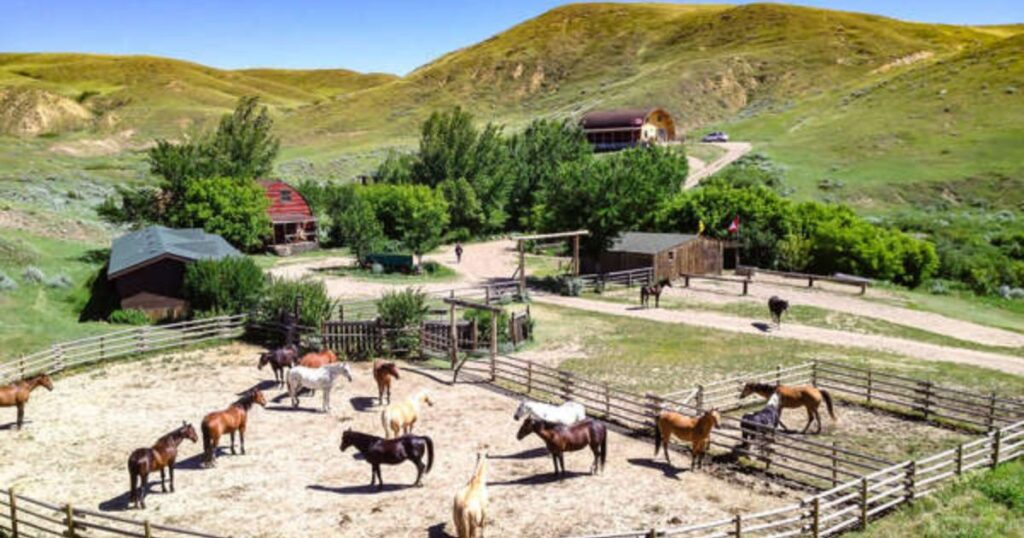 A ranch is a large piece of land primarily used for raising and grazing livestock such as cattle, sheep, or horses. Unlike typical farms, which may focus on growing crops or a variety of agricultural products, ranches concentrate mostly on animal husbandry over extensive open spaces. Ranches are often found in regions with vast grasslands or prairies, providing natural grazing areas for animals. The main purpose of a ranch is to produce meat, wool, or other animal-based products by managing herds or flocks in a semi-wild or controlled environment. Ranchers typically oversee activities like what is a ranch breeding, feeding, and protecting the livestock from predators or harsh weather. The land on a ranch can range from a few hundred to thousands of acres, depending on the location and type of what is the difference between a ranch and a farm Commercial Farming livestock.
A ranch is a large piece of land primarily used for raising and grazing livestock such as cattle, sheep, or horses. Unlike typical farms, which may focus on growing crops or a variety of agricultural products, ranches concentrate mostly on animal husbandry over extensive open spaces. Ranches are often found in regions with vast grasslands or prairies, providing natural grazing areas for animals. The main purpose of a ranch is to produce meat, wool, or other animal-based products by managing herds or flocks in a semi-wild or controlled environment. Ranchers typically oversee activities like what is a ranch breeding, feeding, and protecting the livestock from predators or harsh weather. The land on a ranch can range from a few hundred to thousands of acres, depending on the location and type of what is the difference between a ranch and a farm Commercial Farming livestock.
Historically, ranching has been an essential part of rural economies, especially in countries like the United States, Australia, and parts of South America. Ranch culture is often associated with cowboy traditions and wide-open landscapes. While some ranches incorporate limited crop production for feed, their defining characteristic remains the focus on livestock grazing rather than crop farming vs ranching ranch vs farm cultivation.
Ranching focuses on:
- Grazing livestock over large areas
- Managing pastureland
- Animal husbandry techniques for meat production
Some ranches may also include small crop-growing areas, but the primary focus remains on livestock.
Key Differences at a Glance
Understanding the key differences between concepts, products, or ideas can save time and clarify decision-making. “Key Differences at a Glance” offers a concise overview of the most important distinctions, enabling quick comprehension without diving into lengthy explanations. This snapshot approach highlights the defining features, functions, or characteristics that set two or more subjects apart. Whether comparing two businesses, technologies, lifestyles, or any other topics, focusing on these essential differences helps identify unique advantages and limitations. It distills complex information into easy-to-understand points, making it accessible for beginners and experts lilac flower alike.
By presenting information side-by-side, this method encourages efficient comparison and better retention. Instead of sifting through dense paragraphs, readers get clear, direct insights immediately. This clarity supports informed choices and fosters a deeper understanding of what truly matters. In summary, “Key Differences at a Glance” is a practical tool for anyone looking to grasp the core contrasts between options, making complex comparisons straightforward and what is ranching approachable.
Purpose: Crops vs. Livestock
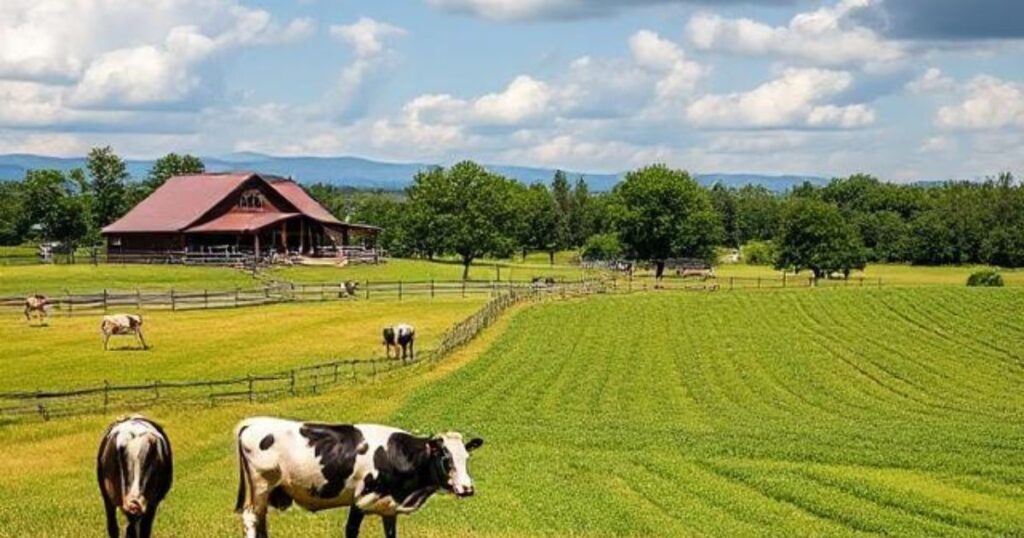
The primary purpose of crops and livestock in agriculture centers on meeting human needs, but they serve distinct roles in food production and resource management. Crops are cultivated plants grown mainly for food, fiber, fuel, and raw materials. They include grains, vegetables, fruits, and legumes, which provide essential nutrients, carbohydrates, vitamins, and minerals to human diets. Crops also support industries by supplying fibers like cotton and materials like biofuels, making them vital for both consumption and economic value.
In contrast, livestock refers to domesticated animals raised primarily for meat, dairy, wool, and labor. Animals such as cattle, sheep, pigs, and poultry convert plant-based feed into high-quality protein and other animal products that are rich in nutrients like amino acids, fats, and vitamins. Livestock also plays a key role in ranch vs farm agricultural ecosystems by providing manure for fertilizing crops and contributing to land management through grazing. Together, crops and livestock complement each other in sustainable farming systems. While crops directly supply plant-based food and materials, livestock add diversity by offering animal-based products, enhancing food security, and supporting livelihoods globally. Understanding their distinct purposes helps optimize agricultural productivity and resource use.
Farms:
- Can be small (a few acres) or large (thousands of acres).
- Land is cultivated — plowed, seeded, and irrigated.
- Often located in fertile, flat regions suitable for crop production.
Ranches:
- Usually cover large expanses of open land.
- Focused on natural grazing.
- Often located in arid or semi-arid regions where crop farming isn’t as feasible.
For example, the average ranch in Texas can span several thousand acres, while a vegetable farm in California might be under 50 acres but still highly difference between ranch and farm productive.
Management Style and Labor
Management style significantly influences labor dynamics within any organization or industry. It refers to the approach and techniques leaders use to guide, motivate, and coordinate their workforce. Different management styles—such as authoritarian, democratic, transformational, or laissez-faire—impact how labor is organized, supervised, and engaged. In labor-intensive environments, a more hands-on, directive management style may be necessary to ensure efficiency and adherence to safety standards. Conversely, industries that require creativity and innovation often benefit from participative or democratic styles, empowering employees to contribute ideas and take ownership of their is 10 acres considered a ranch tasks.
Effective management balances control with flexibility, fostering a productive work atmosphere. Clear communication, fair treatment, and recognition of worker contributions boost morale and reduce turnover. Conversely, rigid or overly controlling management can lead to dissatisfaction, low motivation, and decreased productivity. Labor itself is also shaped by management in terms of scheduling, task delegation, and skill development opportunities. Progressive management practices focus on employee training and career growth, aligning labor skills with organizationalwhen are cherries in season.
Ultimately, the interplay between management style and labor determines workplace culture, efficiency, and the overall success of operations across various sectors.
On a Farm:
- Management includes soil testing, crop rotation, fertilizing, planting, and harvesting.
- Farm workers or family members often manage machines and greenhouses.
- Labor can be seasonal, especially during planting and harvest times.
On a Ranch:
- Ranchers must manage herd health, breed selection, grazing schedules, and fencing.
- Work often includes branding, feeding, herding, and veterinary care.
- Daily activities revolve around the movement and welfare of animals.
Types of Crops Grown on Farms
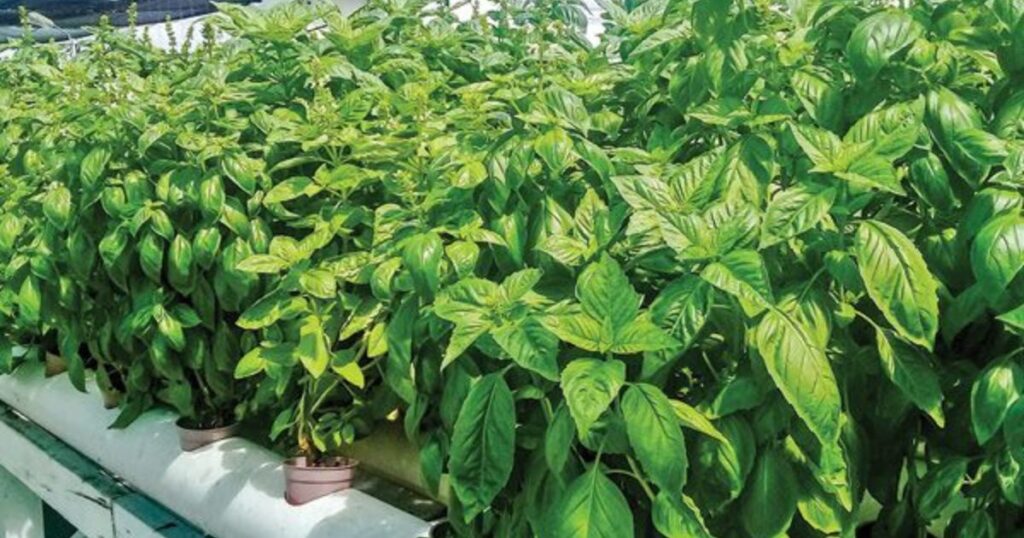 Common crops include:
Common crops include:
- Grains: wheat, barley, oats, corn
- Vegetables: potatoes, tomatoes, lettuce, carrots
- Fruits: apples, grapes, cherries, peaches
- Legumes: soybeans, lentils, chickpeas
Farmers choose crops based on soil type, climate, and market demand.
Types of Livestock Raised on Ranches
Ranches are known for:
- Beef cattle (most common)
- Sheep (for wool and meat)
- Bison (niche meat market)
- Goats (in some regions)
The animals are usually bred and raised on open pastures, and in many cases, they are later sold to processors or directly to consumers.
Equipment and Infrastructure
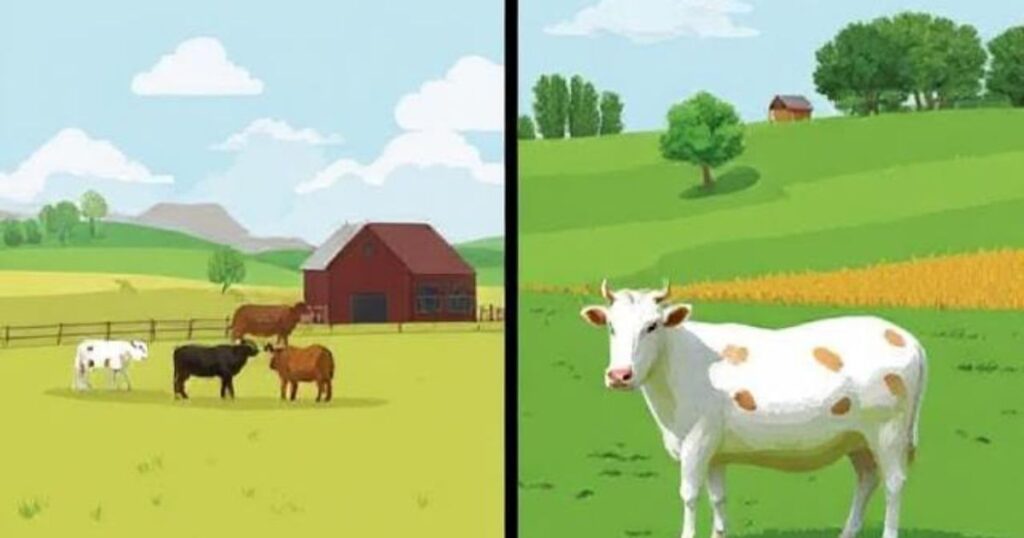 Equipment and infrastructure are essential components that form the backbone of any operational setup, whether in agriculture, manufacturing, or service industries. This can range from basic hand tools to advanced machinery, designed to increase productivity, ensure safety, and maintain quality standards. Infrastructure, on the other hand, encompasses the physical and organizational structures needed for the operation to function smoothly. This includes buildings, storage facilities, transportation networks, power supply systems, irrigation setups, and communication systems. Well-developed infrastructure supports the optimal use of equipment by providing reliable access, protection, and maintenance ranch vs farm capabilities.
Equipment and infrastructure are essential components that form the backbone of any operational setup, whether in agriculture, manufacturing, or service industries. This can range from basic hand tools to advanced machinery, designed to increase productivity, ensure safety, and maintain quality standards. Infrastructure, on the other hand, encompasses the physical and organizational structures needed for the operation to function smoothly. This includes buildings, storage facilities, transportation networks, power supply systems, irrigation setups, and communication systems. Well-developed infrastructure supports the optimal use of equipment by providing reliable access, protection, and maintenance ranch vs farm capabilities.
Together, equipment and infrastructure determine the capacity and efficiency of any project or business. Proper investment and maintenance in these areas lead to increased output, reduced downtime, and enhanced sustainability. In sectors like farming, modern equipment such as tractors and irrigation systems, paired with robust infrastructure like barns and roads, play a critical role in achieving operational success. Overall, a balanced and well-planned combination of equipment and infrastructure is crucial to meet current demands and adapt to future growth.
Farms:
- Heavily mechanized: tractors, combines, irrigation systems, greenhouses.
- Need storage silos, barns for animals, and often cold storage.
Ranches:
- Require large animal trailers, corrals, cattle chutes, and fencing.
- Water sources (wells, tanks) are essential.
- Horses or ATVs are often used to manage animals over wide areas.
Environmental and Geographic Considerations
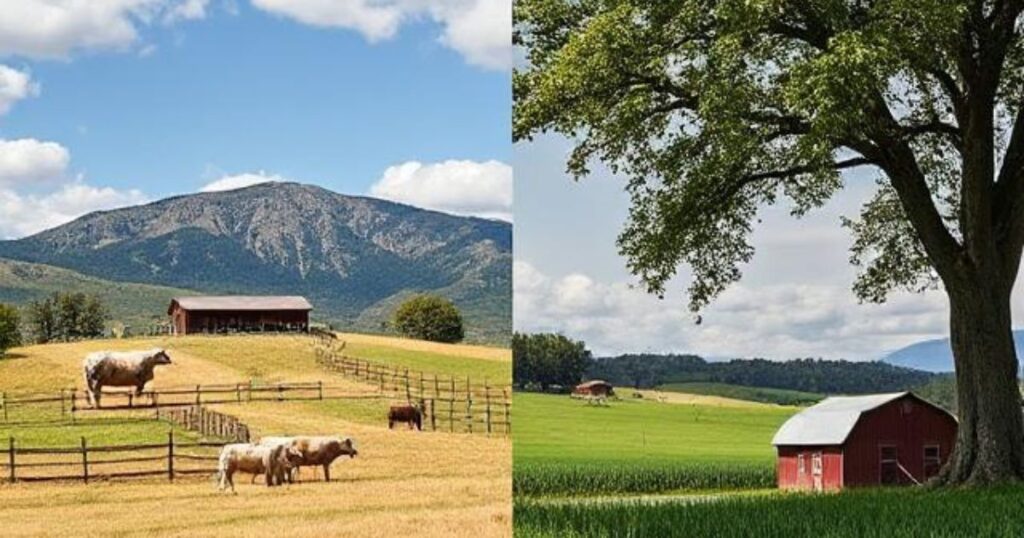 Environmental and geographic factors play a crucial role in shaping ecosystems, human settlements, agriculture, and economic activities. These considerations include climate, topography, soil quality, water availability, and biodiversity, all of which influence how land is used and managed. Climate determines temperature patterns, rainfall, and seasonal changes, which directly affect plant growth, wildlife habitats, and human lifestyles. For example, regions with ample rainfall and fertile soil are typically more suited for agriculture, while arid areas may require irrigation or alternative farming ranch definition methods.
Environmental and geographic factors play a crucial role in shaping ecosystems, human settlements, agriculture, and economic activities. These considerations include climate, topography, soil quality, water availability, and biodiversity, all of which influence how land is used and managed. Climate determines temperature patterns, rainfall, and seasonal changes, which directly affect plant growth, wildlife habitats, and human lifestyles. For example, regions with ample rainfall and fertile soil are typically more suited for agriculture, while arid areas may require irrigation or alternative farming ranch definition methods.
Topography, including elevation and slope, influences drainage, erosion risks, and accessibility. Mountainous or hilly regions may face challenges for infrastructure development, but can offer unique microclimates. Soil composition and quality are vital for vegetation health and agricultural productivity, dictating what crops can thrive in a given area. Water resources—rivers, lakes, and underground aquifers—are essential for sustaining life, supporting farming, and industry. The presence or scarcity of water often dictates settlement patterns and economic viability.
Furthermore, geographic isolation or connectivity impacts cultural exchange, trade, and biodiversity preservation. Together, these environmental and geographic considerations guide sustainable planning, conservation efforts, and resource management, ensuring harmony between human needs and natural ecosystems..
Economic Differences
Economic differences refer to the variations in income, wealth, employment, and access to resources among individuals, groups, regions, or countries. These disparities influence living standards, opportunities, and overall well-being. At a personal level, economic differences often manifest in income inequality, where some individuals earn significantly more than others, impacting their quality of life, education, and healthcare access. On a larger scale, economic disparities between countries or regions can result from factors such as industrial development, natural resource availability, political stability, and is 10 acres considered a ranch infrastructure.
These differences shape social dynamics and can lead to unequal power distribution within societies. Economies with high disparities may face challenges like poverty, social unrest, and reduced social mobility. Conversely, more equitable economic systems tend to promote inclusive growth and stability. Policies that reduce economic differences often focus on education, progressive taxation, social safety nets, and investment in underserved areas. Understanding economic differences is crucial for addressing global challenges like poverty and inequality. It also helps governments and organizations design effective strategies for sustainable development, ensuring that economic growth benefits a broader population rather than a select few.
Cultural and Historical Roots
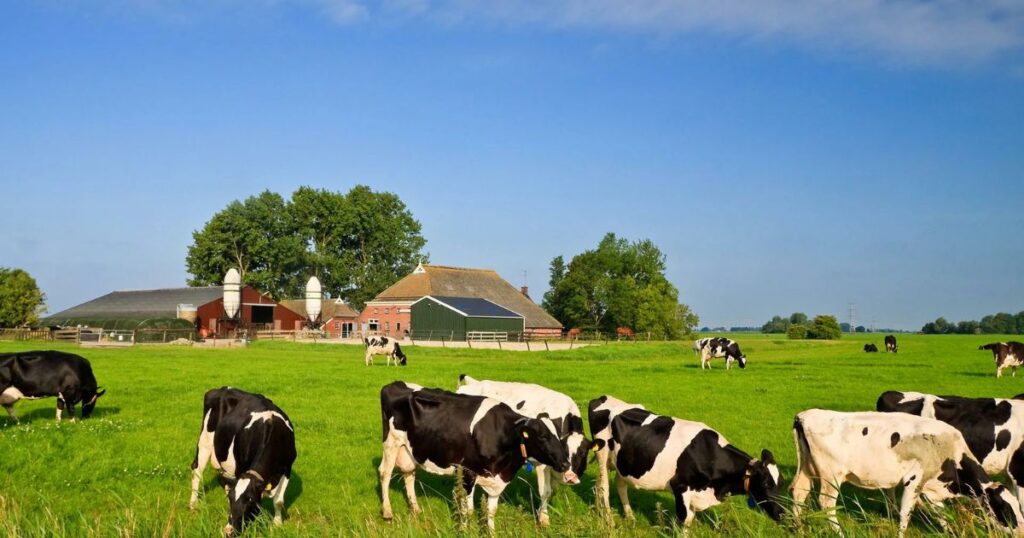 The cultural and historical roots of any society reveal the deep foundations that shape its identity, traditions, and values. These roots are woven from centuries of shared experiences, beliefs, and customs passed down through generations. They often reflect the influence of geography, migration, religion, and social structures that have defined a community’s way of life. Understanding these roots provides insight into how cultural practices develop and why certain rituals, languages, and art forms persist.
The cultural and historical roots of any society reveal the deep foundations that shape its identity, traditions, and values. These roots are woven from centuries of shared experiences, beliefs, and customs passed down through generations. They often reflect the influence of geography, migration, religion, and social structures that have defined a community’s way of life. Understanding these roots provides insight into how cultural practices develop and why certain rituals, languages, and art forms persist.
Historically, events such as colonization, trade, and conflict have also left lasting imprints on cultural identity, blending diverse elements into a unique heritage. By exploring cultural and historical roots, we appreciate the richness of human diversity and recognize the enduring legacies that continue to influence modern societies around the world.
Modern-Day Overlap
Some operations blur the lines:
- Farm ranches: These raise livestock and grow feed crops like hay or alfalfa.
- Diversified farms: May include animals like chickens or pigs alongside crops.
Many families operate hybrid models to diversify income, improve soil fertility, or meet local market demands.
Which Is More Profitable?
This depends on:
- Market prices
- Size of operation
- Geographic location
- Input costs
Large-scale farms that grow commodity crops may generate high revenues but also face slim profit margins. Ranches with well-managed herds and direct-to-consumer sales may enjoy more consistent profitability, albeit with higher risk due to disease or drought.
Final Thoughts
In essence, farming and ranching are two branches of the same tree of agriculture. Farms feed the world with grains, fruits, and vegetables, while ranches provide the meat and animal products that so many people rely on. Understanding the distinction between the two isn’t just about terminology it’s about recognizing the diversity, complexity, and incredible hard work behind the food on your plate. Whether you’re drawn to the green rows of a crop field or the wide open range of cattle country, both farms and ranches form the backbone of our food systems and rural communities.
Conclusion:
In conclusion, while ranches and farms both play vital roles in agriculture and food production, they differ significantly in their focus, scale, and operations. Ranches are primarily centered around raising livestock such as cattle, sheep, or horses, often covering vast expanses of land designed for grazing. Their operations tend to be more extensive, relying on natural pastures and fewer crops. Farms, on the other hand, usually engage in a more diverse range of agricultural activities, including growing crops, vegetables, and fruits alongside raising animals. Farms can vary greatly in size, from small family-owned plots to large commercial enterprises, and often involve more intensive labor and equipment use.
Understanding these differences helps clarify the unique challenges and benefits each type of agricultural business faces. Ranching requires managing large land areas and animal health, while farming demands attention to soil health, crop cycles, and varied livestock care. Both contribute significantly to the food supply chain and rural economies, but serve different purposes within the agricultural landscape.
FAQ:
What is the Main Difference Between a Ranch and a Farm?
A ranch primarily focuses on raising grazing animals like cattle or sheep over large areas of land. A farm usually involves growing crops and may also include raising animals, but tends to have more diverse agricultural activities.
Do Ranches Grow Crops?
Generally, no. Ranches mostly focus on livestock grazing. However, some ranches might grow feed crops for their animals, but crop production is not their main activity.
What kind of Animals are raised on a Ranch?
Ranches typically raise grazing animals such as cattle, sheep, goats, or horses.
Is the land size Different for Farms and Ranches?
Yes. Ranches usually require larger expanses of land because grazing animals need more space to roam. Farms can vary in size but often have smaller, more intensively managed plots for crops.
Are Ranches Found only in Specific Regions?
Ranches are common in areas with vast open spaces suitable for grazing, such as the western United States, Australia, and parts of South America. Farms are found worldwide in almost all agricultural regions.



